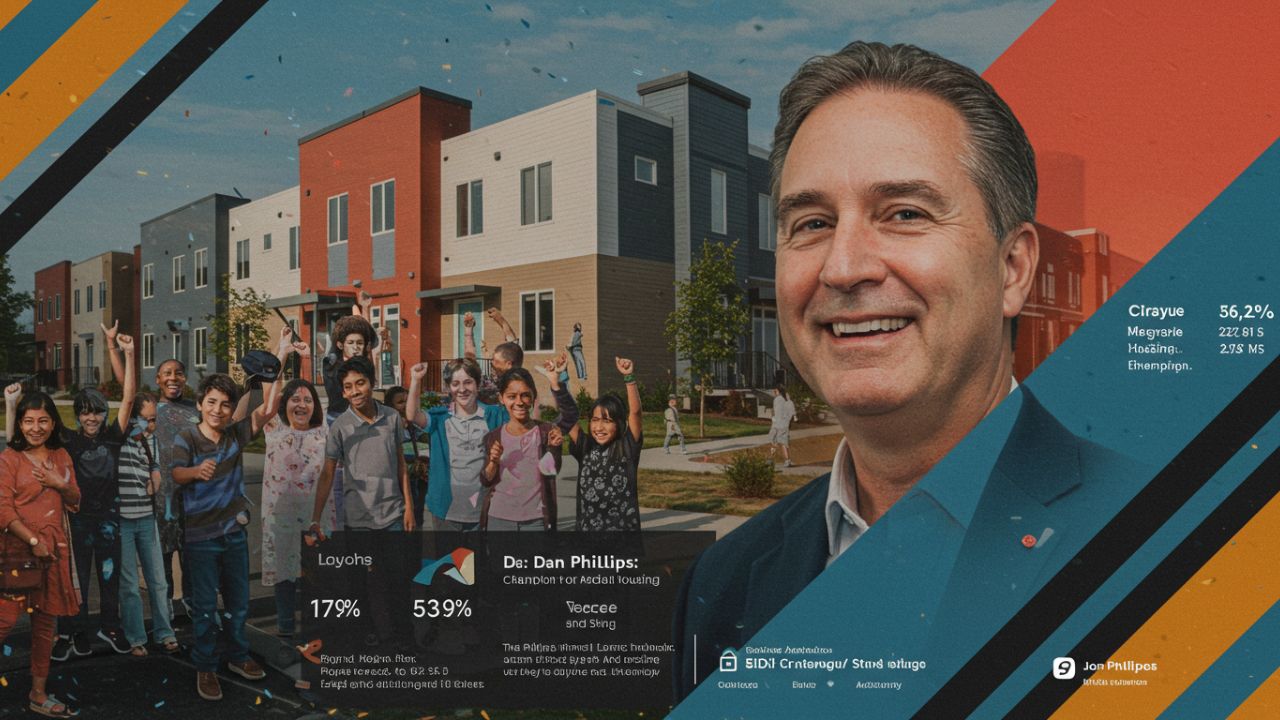
Article on Dan Phillips Affordable Housing: Sustainability Meets Ingenuity
Who Is Dan Phillips?
Dan Phillips is a Texas-based designer and builder who gained national recognition for his work in affordable housing. A former classical dancer and self-taught architect, Phillips co-founded The Phoenix Commotion, a construction company based in Huntsville, Texas. His mission article on dan phillips affordable housing: to build low-cost housing using salvaged materials, while empowering the local workforce, including unskilled laborers and marginalized individuals.
This article on Dan Phillips affordable housing aims to highlight his radical approach to homebuilding, which not only offers shelter but also sparks dialogue around waste, creativity, and sustainable living.
Philosophy Behind Dan Phillips’ Affordable Housing Projects
The Waste Not Ethic
One of the cornerstones of any article on Dan Phillips affordable housing is his strict adherence to using recycled and salvaged materials. According to Phillips, Americans throw away enough reusable construction material to build millions of homes annually. He believes in repurposing everything—from bottle caps and wine corks to discarded wood and ceramic tiles.
This philosophy minimizes construction costs and landfill waste, making each home a model of sustainability.
Empowerment Through Design
Another key theme in any article on Dan Phillips affordable housing is the focus on empowering people, not just sheltering them. Phillips hires unskilled labor and trains them on the job. His belief is that by involving people in the construction of their own homes, you provide dignity, job training, and a lasting connection to the home itself.
Key Features of Dan Phillips’ Affordable Housing
Material Innovation
This article on Dan Phillips affordable housing wouldn’t be complete without highlighting the creative materials used in his projects. Some of his houses are made from:
-
Recycled doors and windows
-
Reclaimed lumber and bricks
-
Leftover granite countertop scraps
-
Bottle walls
-
License plates, CDs, and wine bottles
These materials don’t just lower costs—they turn each home into a piece of functional art.
Unique Aesthetic Style
If you’re reading an article on Dan Phillips affordable housing expecting standard floor plans and uniform interiors, think again. Each Phillips home has its own distinct style, often whimsical, asymmetrical, and filled with rich textures. He frequently incorporates mosaics, geometric patterns, and colorful motifs, all made from reused materials.
Functional and Livable Design
Despite the unconventional materials, every Dan Phillips home adheres to safety and code regulations. He ensures that all houses are structurally sound, weatherproof, and energy-efficient. His homes are built to be truly livable, providing comfort and utility at a fraction of the cost of traditional builds.
The Phoenix Commotion: A Socially-Driven Construction Model
Any comprehensive article on Dan Phillips affordable housing must spotlight The Phoenix Commotion. Founded in 1997, this company operates on the idea that:
-
Everyone deserves a home.
-
Building materials should not be wasted.
-
The construction process can be accessible to people of all skill levels.
The Phoenix Commotion offers hands-on experience to unemployed or low-income individuals who participate in the building process, learning skills they can later use for other employment opportunities.
Impact of Dan Phillips on the Affordable Housing Movement article on dan phillips affordable housing
Inspiring Change Nationwide
Dan Phillips’ unique homes have gained national attention from publications like The New York Times, Dwell, and TED Talks. His visibility has sparked conversations about sustainable construction and alternative housing models.
This article on Dan Phillips affordable housing underscores his influence as a pioneer. More communities and developers are exploring non-traditional housing options inspired by Phillips’ work.
Reducing Environmental Impact
By focusing on salvaged materials, Phillips significantly reduces the carbon footprint of each build. His approach offers a replicable model for sustainable housing in other cities facing both waste management and housing crises.
Creating Skill-Based Communities
By training individuals in construction, Phillips isn’t just building homes—he’s building communities. These efforts foster local economic development and reduce dependency on government-funded housing programs.
Challenges and Criticisms article on dan phillips affordable housing
Scalability Issues
A fair must address potential downsides. One challenge is scalability. Since each home is uniquely designed using irregular materials, replicating the process on a mass scale is difficult.
Regulatory Barriers
Another issue is compliance with local building codes and zoning laws. Not all municipalities are open to using nontraditional building methods or materials, which can slow down or prevent projects.
Time-Intensive Projects
The hands-on, customized nature of Phillips’ projects requires more time than traditional construction, which may limit his impact in areas with urgent housing shortages.
Looking to the Future: Lessons From Dan Phillips
While scaling may be challenging, the underlying principles highlighted in this—resourcefulness, community involvement, and sustainable design—can be adapted to broader housing strategies.
Many nonprofits and urban planners are now experimenting with modular homes, 3D printing, and prefabricated materials in an effort to replicate the affordability and efficiency that Phillips champions.
Conclusion
This article on Dan Phillips affordable housing has explored the groundbreaking work of a man who reimagines what it means to build homes. By combining waste reduction, community empowerment, and artistic creativity, Dan Phillips is not just building houses—he’s constructing hope, dignity, and a path forward for sustainable living.
His homes serve as a call to action: to rethink how we use our resources, how we define beauty in architecture, and how we can create a more inclusive future—one home at a time.




